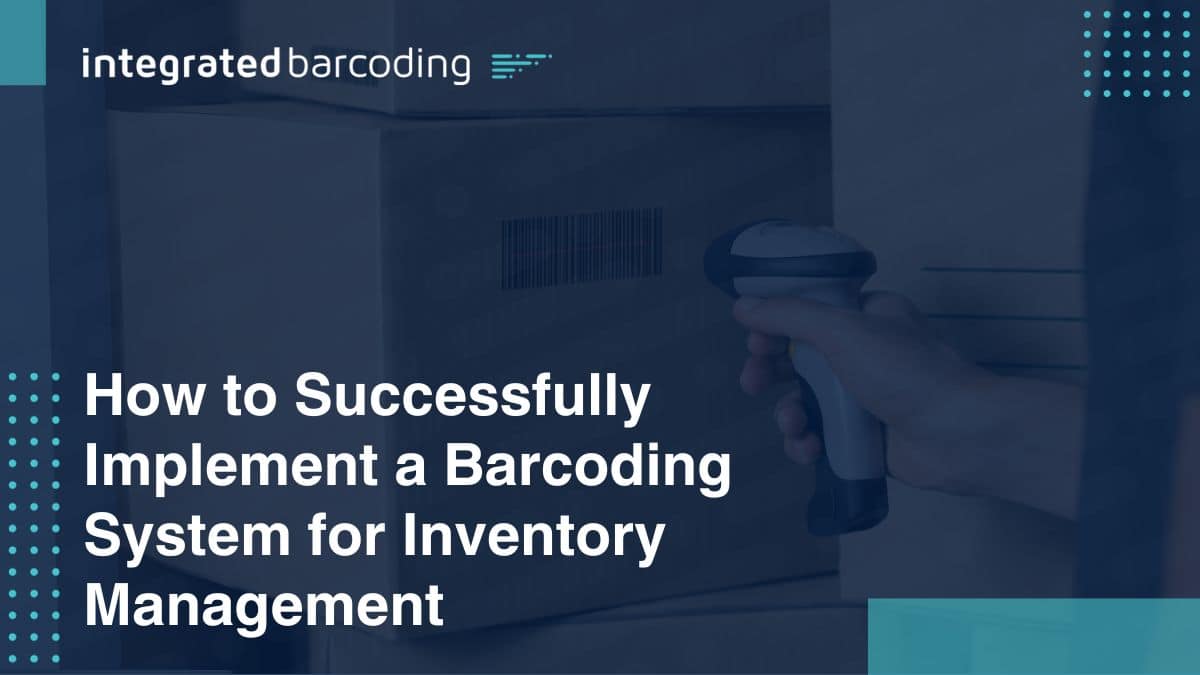Inventory management is crucial for businesses that sell physical products. It involves tracking stock, forecasting demand, and replenishing supply. To avoid errors and inefficiencies, many businesses use barcoding systems to automate and streamline the process.
Barcoding simplify inventory management by providing fast and efficient tracking thru scanning barcodes verses hand writing information down. Products are scanned with a handheld mobile device, and the data is synchronized with inventory management software in real-time. Barcodes use machine-readable lines, spaces, shapes, and patterns to output various data that the customer is looking to track. This could include information such as product name, SKU, price, quantity, and expiration date.
Why Use Barcodes in Inventory Management?
A barcode inventory control software solution offers many benefits, such as:
- Improving accuracy: Barcodes eliminate the need for manual data entry, which can reduce human errors and ensure data consistency.
- Increasing efficiency: Barcodes speed up the process of scanning, counting, and updating inventory, saving time and labor costs.
- Enhancing visibility: Barcodes provide real-time information on inventory levels, locations, and movements, which can help optimize inventory control and decision-making.
- Boosting customer satisfaction: Barcodes can improve order fulfillment, delivery, and returns, enhancing customer service and loyalty.
Steps To Follow When Implementing a Barcoding System in the Warehouse
Step 1: Create an Initial Barcode Plan
Start by listing all your existing locations and potential SKUs and variants for your inventory. Use can use the manufacturer’s barcodes for products and assign unique barcode numbers for each item, but it can be more beneficial to create and add your own barcode when you receive product in. Consider where you’ll place barcodes within your warehouse, considering the layout and accessibility.
Step 2: Integration into your Software Platform
To manage barcode data, select an Inventory Management System that can be a stand-alone system, or compatible with your ERP/accounting software. Choose barcode scanners that meet your user’s needs based on functionality, scanning distance and durability.
Step 3: Navigating Barcode Symbologies
When choosing a barcode for your inventory, consider your needs. 1D barcodes like code 3 of 9, and Code 128 are common, while 2D barcodes like QR codes and Data Matrix can store more data. Ensure your selection aligns with industry standards.
Step 4: Designing Tailored Barcode Labels
Choose the right label design for barcodes based on the warehouse environment. Label types include single/multi-level, wraparound, container, pallet, and floor labels.
Step 5: Establish Barcode Inventory Processes
With your barcode labels ready, you’ll need to establish processes for applying labels, updating information in the software system, and scanning items. Ensure that barcode labels are placed where they’re easily scanned and not obscured.
Unlock the Potential of Barcode Systems for Your Warehouse
Using a barcode Inventory Control system enhances efficiency and accuracy in inventory management. With proper planning and software and hardware selection, you can streamline inventory processes and gain better control over stock. Embrace automation using barcoding to stay competitive. For more information on how to implement a barcode inventory control system, contact Integrated Barcoding’s services and solutions.


